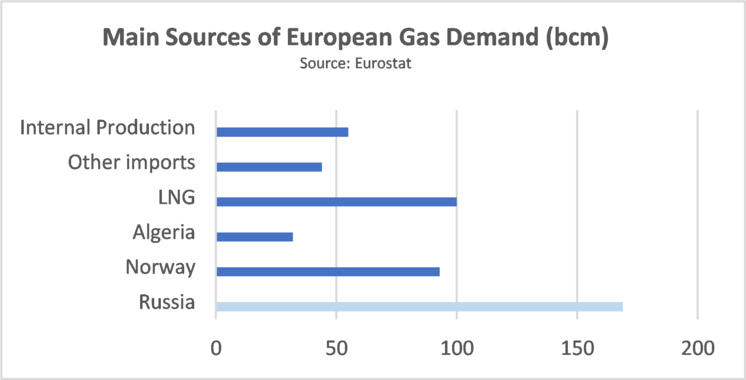In order to achieve this target, the first step is to look where these emissions are produced. Only three sectors - power generation, mobility and buildings - account for 78% of the total emissions. These have the advantage of counting on an “easy to abate” path which is the one offered by electrification.
Electrification: a new era for Utilities




